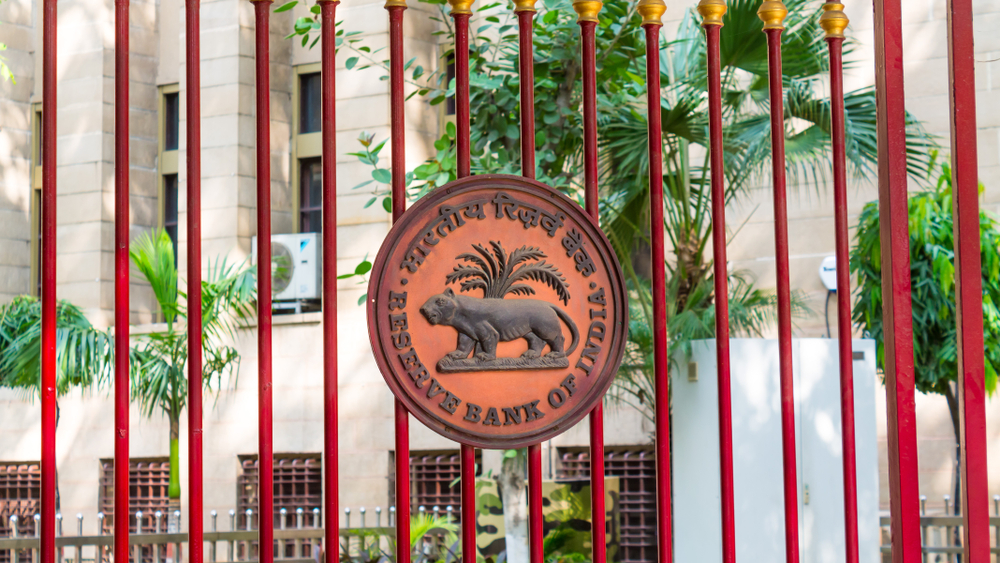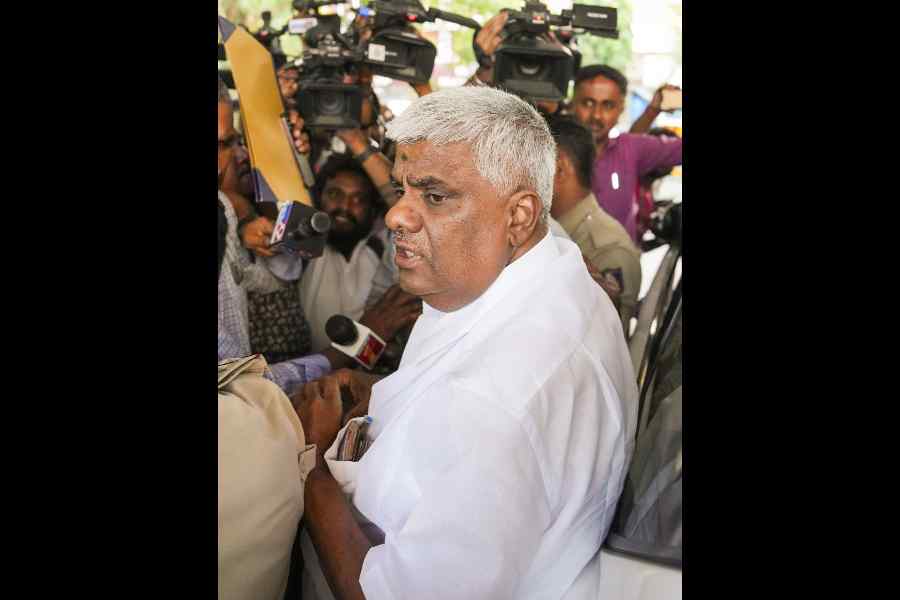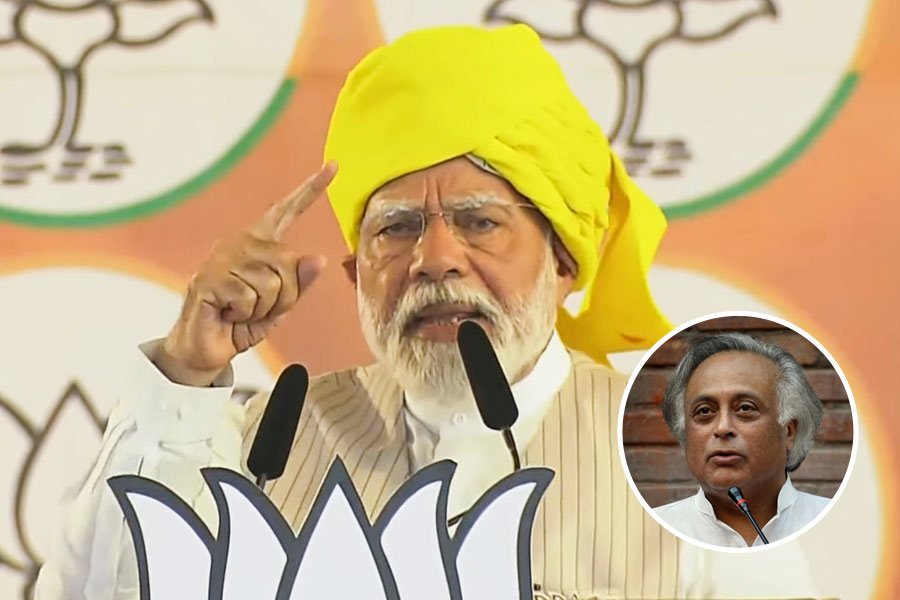As banks struggle with their non-performing assets (NPAs) and stare at an uncertain future amidst the pandemic, the Reserve Bank of India (RBI) has fired a salvo by way of what it calls a “Discussion Paper on Governance Norms in Commercial Banks.” The RBI paper has proposed to push through some key changes in the governance structure of commercial banks, including limiting the tenures of bank chief executives and wholetime directors, and setting out risk management guidelines, roles and responsibilities of senior management at banks, qualifications of board members, and management of conflict of interest, among many other things. RBI says the key aim of these moves is to “align the current regulatory framework with global best practices while being mindful of the context of domestic financial system.” Apart from empowering the bank boards to set the culture and values of the organisation, one of the key aims is also to encourage the separation of ownership from management.
Prima facie, the paper is a good attempt to clean up Indian banking even further, particularly after the very unsavoury developments surrounding PMC Bank and, more recently, YES Bank, founded by high-profile banker Rana Kapoor. Both these cases threatened to shake up the Indian financial system and in YES Bank’s case, the government and the RBI had to step in together to ringfence the problem and get in a clutch of other banks led by State Bank of India (SBI) to save YES Bank from collapsing.
There’s one big problem, though: the paper focuses on commercial banks but a deeper look shows that only private sector banks and foreign banks will be the ones affected. Public sector banks, governed by other legislation, are unlikely to be impacted in any way, and NBFCs have been left out of the purview of this paper entirely.
The 74-page paper, a large chunk of which deals with documentation and detail, specifically says that it applies to private sector banks including small finance banks (SFBs), payments banks (PBs), wholly-owned subsidiaries of foreign banks and foreign banks operating in India under branch model. It adds that the paper applies to SBI, nationalised banks and regional rural banks, “except in so far as what is prescribed is not inconsistent with provisions of specific statutes applicable to them or in case where the major shareholder/promoter viz., Government of India retains its instructions.”
Limiting tenure
This being the case, a major change proposed in the paper is that of limiting the tenure of a promoter or major shareholder as wholetime director (WTD) or CEO for a period of ten years, and for non-promoter-shareholders for a 15-year period. Thereafter, the individual will be eligible for re-appointment as WTD or CEO only after the expiration of three years. “During this three-year period the individual shall not be appointed or associated with the bank in any capacity, either directly or indirectly, advisory or otherwise. On the date of issuance of the guideline/directions on the matter by the Reserve Bank (basis this discussion paper), banks with WTDs or CEO who have completed 10 or 15 years shall have two years or upto the expiry of the current tenure, whichever is later, to identify and appoint a successor,” the paper says. The paper, put up on RBI’s website for public comments, seeks responses by July 15, 2020. Based on feedback, new guidelines and directions will be issued by RBI. These will come into effect within six months of being placed on the RBI website, or April 1, 2021, whichever is later.
Subject of discussion
The RBI paper is now a big subject of discussion in financial circles. Some see RBI’s move as being a fallout of the PMC Bank and YES Bank scandals, while some sections animatedly say the timing is interesting, given that RBI and Kotak Mahindra Bank, owned by billionaire Uday Kotak, had a faceoff recently around reduction of promoter shareholding. RBI had to come to an agreement with Kotak, where the promoter shareholding would be allowed to be retained at 26% (licensing guidelines stipulate 15%), subject to certain conditions including capping of voting rights eventually to 15% from April 1, 2020. Whatever be the motive, the fact is that the governance norms are bound to have only a limited impact since the NBFC sector is excluded and public sector banks are governed by legislative provisions.
Overall, however, many are in agreement that governance norms are a good idea. Abizer Diwanji, partner and leader-financial services at Ernst & Young (EY), tells me that a code of conduct is needed for Indian banking. “It is, however, intriguing why these norms don’t include NBFCs. The impact on public sector banks is also very limited,” Diwanji tells me. The good part about the 10- and 15-year limits on CEO tenures is that banks will now be forced to concentrate on succession planning. “Banks will be forced to find successors, and good talent will also be motivated to stay on at the bank since they too can now have a shot at the top job,” Diwanji explains.
However, a lot of the other parts of the report is about compliance, he says and that may lead to banks focusing on documentation rather than the spirit behind the rules. “When you make it too rule-based, then people are more focused on implementing the rule than the essence of the rule,” Diwanji tells me.
Good banks vs troubled banks
Indian banks are a disparate lot. On the one hand you have good performers like HDFC Bank, Kotak Mahindra Bank and some others, while on the other there are cases like the troubled YES Bank and other potential problem banks (including some recently transformed ones) where RBI will need to keep a close watch. Governance reforms at banks cannot succeed if RBI does not also strictly enforce its fit and proper norms. Banking circles agree that the fit and proper norms are tough enough and only need strict enforcement by the banking regulator to be effective. Clearly, despite the fact that RBI may now want to focus on governance lapses, it can also not be denied that a disaster like YES Bank also took place right under the regulatory supervision of the central bank and its inspection teams. Good governance cannot be enfoced just by changing a CEO and limiting tenures for WTDs. Tight regulatory oversight and adherence to fit and proper norms will have to go hand in hand with these norms.
There’s also a section which feels having a promoter-CEO for a longer tenure, like Uday Kotak who has served for 17 years, can also help a bank grow in line with the promoter’s vision and make the institution a strong, dynamic one. Bankers who have worked with Kotak tell me that the Kotak Mahindra Bank boss has been very clear that the bank would always follow the highest governance standards because the family name was directly associated with it. But RBI’s logic seems to be that a ten-year period is a good enough time for a promoter-CEO to stabilise the institution towards a steady growth path. And for every Uday Kotak, those supporting RBI’s changes argue there’s a Rana Kapoor who led YES Bank to near collapse.
One key lacuna
While public comments on the RBI discussion paper are awaited, the limited impact the norms will have on nationalised banks will remain a big lacuna. While private sector banks may need a limit on CEO tenures, quite the opposite is true at nationalised banks where a chief executive has to demit office after very short periods. For nationalised banks, it may in fact be necessary to have a minimum tenure rather than a maximum, to enable CEOs to really understand the bank and make an impact. Public sector bank chairmen who have terms of, say, four years, may prefer to do little in the first year, spending time to understand the bank, drive change in the second and third years, and then sit out the last year in office for fear of getting into trouble for decisions which may come back to haunt them.
I also remember Arundhati Bhattacharya, the former chairman of State Bank of India who drove a number of changes at the bank, telling me that the one thing she regretted while retiring was not being able to see the culmination of the merger of SBI with its subsidiaries.
While driving change at banks, RBI will also have to be mindful that as the banking regulator, merely pushing through governance norms won’t clean up Indian banks. RBI must ensure its own regulatory eye on banks is robust, its inspection teams alert to warning signals, and nimble enough to prevent PMC and YES-type scams before they happen. Only then can any governance reform be truly effective.
(The writer is Editor, Fortune India)










